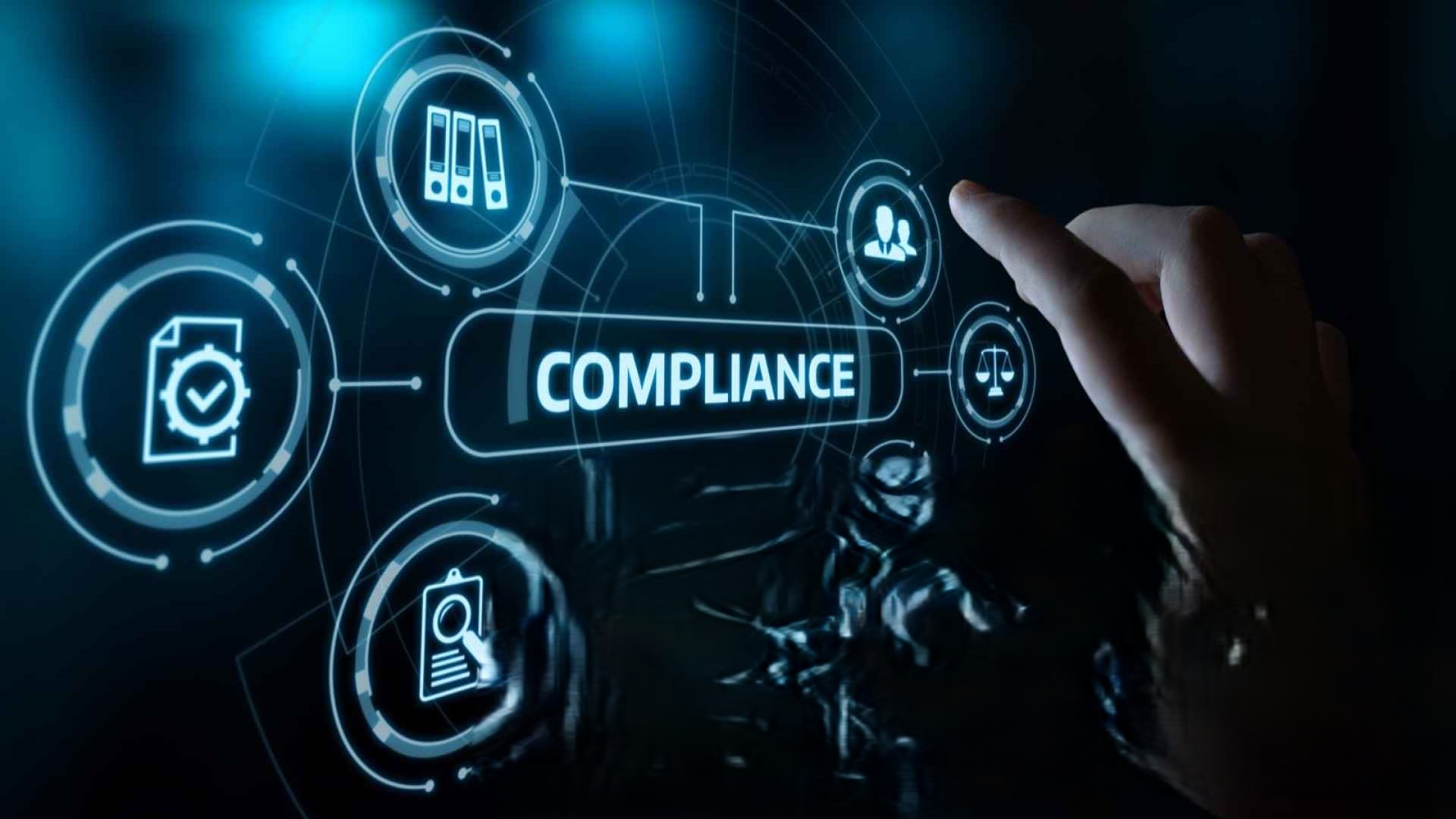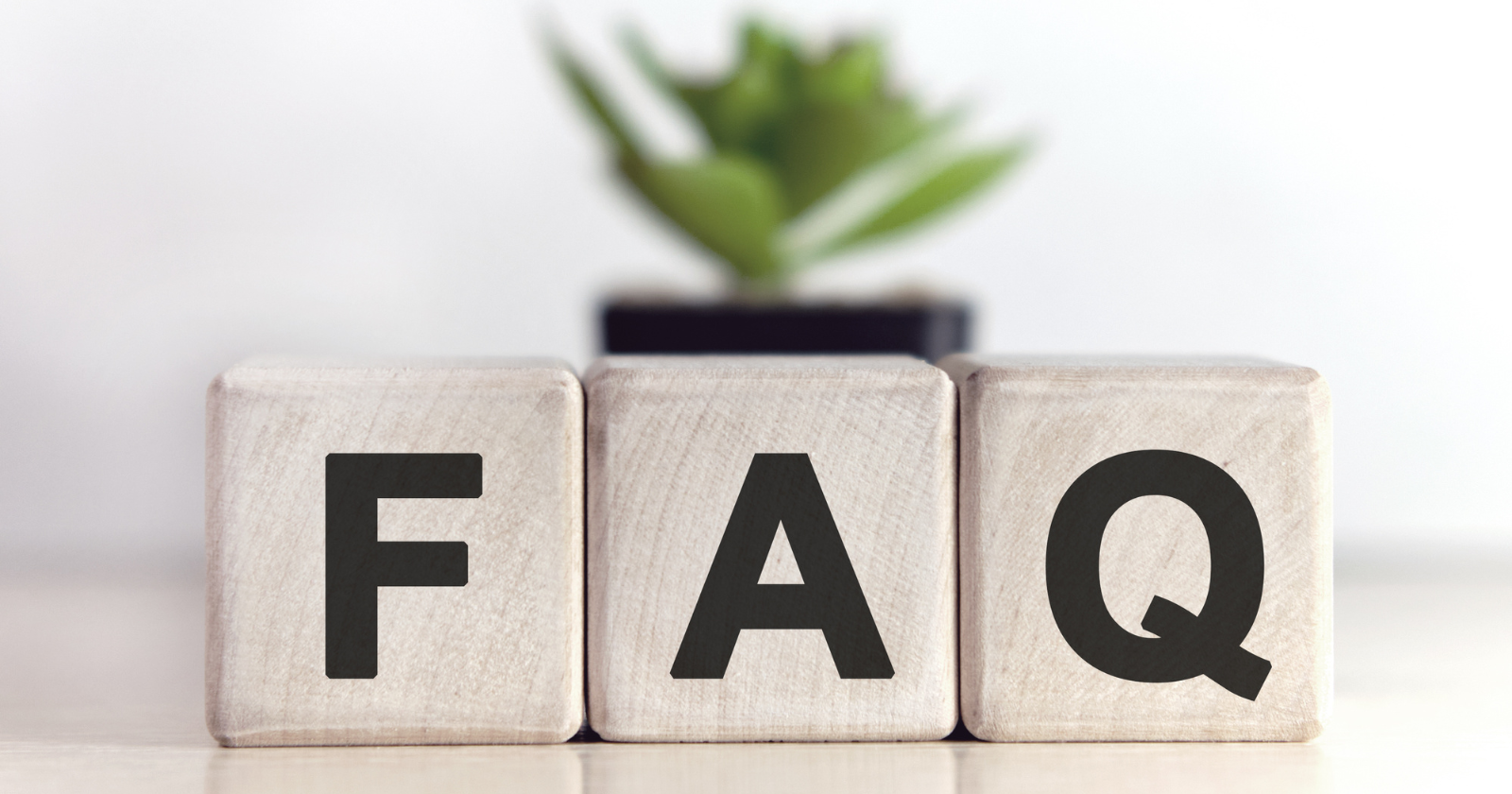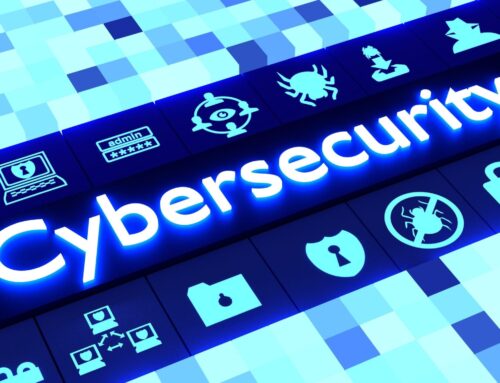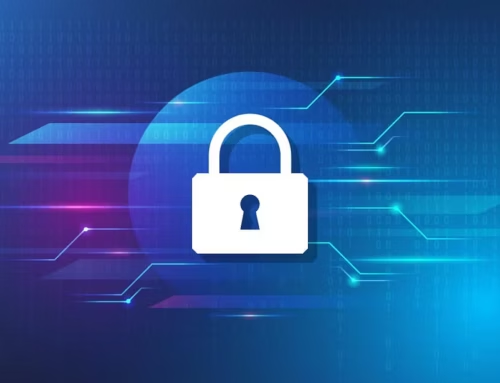
Cybersecurity Compliance Navigating GDPR HIPAA and ISO standards.
Cybersecurity Compliance: Navigating GDPR, HIPAA, ISO 27001, and PCI DSS Standards
In today’s interconnected world, cybersecurity is not merely a technological concern; it is a fundamental business imperative. With the increasing sophistication of cyber threats and the escalating risk of data breaches, organizations must prioritize cybersecurity compliance to safeguard their sensitive data and maintain customer trust. This article serves as a comprehensive guide to navigating the complex landscape of cybersecurity compliance standards, focusing on GDPR, HIPAA, ISO 27001, and PCI DSS. We will delve into the nuances of each framework, providing actionable insights to ensure your organization meets the stringent requirements and fortifies its defenses against evolving cyber threats.
Understanding Compliance Standards
What is Cybersecurity Compliance?
Cybersecurity compliance encompasses the adherence to a set of cybersecurity standards and frameworks designed to protect sensitive data and maintain information security. It involves implementing security controls and cybersecurity practices that align with industry standards and regulatory requirements, such as GDPR, HIPAA, ISO 27001, and the national institute of standards and technology. Cybersecurity compliance is not simply a checklist of tasks, but a continuous effort to maintain compliance and adapt to evolving threats in the realm of privacy and security. Failing to ensure compliance can result in significant financial penalties, reputational damage, and legal ramifications.
Importance of Compliance in Data Security
Compliance plays a pivotal role in fortifying data security. By adhering to established cybersecurity standards and frameworks, organizations can significantly reduce the risk of data breaches and enhance their overall security posture. Frameworks like GDPR and HIPAA are designed to protect personal data and sensitive data, mandating specific security measures to safeguard customer data. Compliance efforts drive the implementation of robust security controls, such as access control mechanisms and encryption, which are essential for preventing unauthorized access and maintaining data privacy. Ensuring compliance demonstrates a commitment to protecting data, fostering trust among customers and stakeholders.
Overview of Key Compliance Frameworks
Several key compliance frameworks form the cornerstone of cybersecurity compliance efforts. The General Data Protection Regulation (GDPR) sets stringent requirements for data protection and data privacy for individuals within the European Union. HIPAA focuses on protecting sensitive patient health information, making privacy and security a top priority. ISO 27001 is an international standard for information security management, providing a comprehensive cybersecurity framework for establishing, implementing, maintaining, and continually improving an information security management system (ISMS). PCI DSS is a security standard designed to protect cardholder data. Achieving ISO 27001 certification demonstrates a commitment to cybersecurity, as do GDPR and other global standards. Each framework provides a structured approach to cybersecurity, helping organizations to implement best practices and mitigate cybersecurity risk.
GDPR Compliance
Key Principles of the General Data Protection Regulation
The General Data Protection Regulation (GDPR) is anchored by several key principles that organizations must adhere to, including lawfulness, fairness, and transparency in processing personal data. Other principles focus on how the data is handled, as shown in the table below.
| Principle | Description |
|---|---|
| Purpose Limitation | Personal data should be collected for specified, explicit, and legitimate purposes. |
| Data Minimization | Only necessary personal data should be processed. |
Further principles include accuracy, requiring personal data to be accurate and up to date; storage limitation, stipulating personal data should be kept only as long as necessary; and integrity and confidentiality, demanding appropriate security measures to protect personal data. These principles are foundational to GDPR compliance.
Compliance Requirements for Organizations
To achieve compliance with GDPR, organizations must meet several compliance requirements. These include obtaining explicit consent for processing personal data, implementing robust data protection policies, conducting data protection impact assessments (DPIAs) for high-risk processing activities, and appointing a Data Protection Officer (DPO) if required.
| Area | Requirement |
|---|---|
| Data Security | Implement appropriate security controls and security measures to protect personal data from data breaches. |
| Data Breach Response | Be prepared to respond to data privacy requests and notify data protection authorities of data breaches within 72 hours. |
Best Practices for Achieving GDPR Compliance
Implementing best practices is crucial for achieving GDPR compliance. Organizations can take several steps to maintain GDPR requirements. Here’s a summary of key actions:
| Action | Description |
|---|---|
| Data Audits | Understand what personal data is held and where it is stored. |
| Policies and Procedures | Develop and implement comprehensive data protection policies and procedures. |
Furthermore, organizations should provide cybersecurity training to employees, encrypt sensitive data, and utilize compliance automation tools. Regularly review and update security measures to adapt to evolving threats. This proactive approach minimizes the risk of data breaches and fosters trust.
HIPAA Compliance
Understanding HIPAA and Its Importance
HIPAA, the Health Insurance Portability and Accountability Act, is a security standard in the United States designed to protect patient health information. Understanding HIPAA is paramount for healthcare providers and associated businesses. It establishes rules and compliance requirements for the use and disclosure of Protected Health Information (PHI). HIPAA compliance is crucial for maintaining patient trust, ensuring data privacy, and avoiding severe penalties associated with non-compliance. Cybersecurity measures within HIPAA help safeguard customer data.
HIPAA Compliance Requirements
HIPAA compliance encompasses a wide range of compliance requirements that organizations must adhere to. These include implementing administrative safeguards such as security risk assessments and employee training programs. Physical safeguards require access control to facilities and equipment containing PHI. Technical safeguards mandate the use of security controls like encryption and audit trails to protect electronic PHI. Organizations must also have agreements with business associates that ensure they comply with HIPAA regulations and data protection.
Best Practices for HIPAA Compliance
To ensure robust HIPAA compliance, organizations should adopt best practices. Conducting regular security risk assessments helps identify vulnerabilities. Implementing strong access control policies and encrypting PHI both in transit and at rest are crucial. Employee training on HIPAA regulations and cybersecurity practices is essential. Regularly review and update security measures to address emerging threats and maintain compliance. These proactive compliance efforts minimize the risk of data breaches and protect patient information under the regulatory compliance framework.
ISO 27001 Certification
What is ISO 27001?
ISO 27001 is an international standard for information security that provides a cybersecurity framework for organizations to establish, implement, maintain, and continually improve their information security management system (ISMS). This security standard is globally recognized and demonstrates a commitment to protecting information security and customer data. Achieving ISO 27001 certification signals to clients and stakeholders that an organization takes data protection seriously and has implemented rigorous security controls.
Steps to Achieve ISO 27001 Certification
Achieving ISO 27001 certification involves several key steps. First, an organization must conduct a gap analysis to assess its current information security posture and identify areas for improvement. Next, it needs to develop and implement an ISMS that aligns with ISO 27001 requirements. This includes establishing data protection policies and procedures, implementing security measures, and providing employee training. Finally, the organization must undergo an audit by a certified body to verify compliance with the security standard and confirm its cybersecurity posture.
Benefits of Implementing ISO 27001
Implementing ISO 27001 offers numerous benefits. It enhances data security and reduces the risk of data breaches, safeguarding sensitive data. ISO 27001 certification improves customer data trust and enhances reputation, demonstrating a commitment to data protection. The cybersecurity framework facilitates better compliance with other regulations such as GDPR and HIPAA, enhancing overall security and compliance. The process enables efficient resource allocation and improves overall information security management.
PCI DSS Compliance
Understanding PCI DSS Standards
PCI DSS, the Payment Card Industry Data Security Standard, is a security standard designed to protect cardholder data and prevent fraud. Understanding PCI DSS is crucial for any organization that handles credit card information. This framework sets forth specific security controls and compliance requirements to ensure the safe handling, storage, and transmission of sensitive data. Achieving PCI DSS compliance is essential for maintaining trust with customers and avoiding hefty penalties.
Key Requirements for PCI DSS Compliance
Key compliance requirements for PCI DSS compliance include building and maintaining a secure network, protecting cardholder sensitive data, maintaining a cybersecurity vulnerability management program, implementing strong access control measures, regularly monitoring and testing networks, and maintaining an information security policy. These requirements cover various aspects of data security, ensuring comprehensive data protection for cardholder information, and contribute to the reduction of cybersecurity risk.
Best Practices for Maintaining PCI DSS Compliance
To maintain compliance with PCI DSS, organizations should adopt several best practices. Regularly assess and update security measures to address evolving threats. Implement strong access control policies and encryption to protect cardholder personal data. Conduct regular cybersecurity training for employees to raise awareness and enforce cybersecurity practices that align with regulatory compliance. Utilizing compliance automation tools can streamline processes and ensure compliance. These proactive steps help to maintain compliance and mitigate the risk of data breaches.
Automating Compliance Processes
Benefits of Automation in Compliance
Automating compliance offers numerous benefits, significantly enhancing an organization’s ability to maintain compliance with various cybersecurity standards. Compliance automation streamlines the collection, analysis, and reporting of data, reducing the risk of data breaches and improving overall data security. By automating repetitive tasks, resources are freed up to focus on strategic cybersecurity initiatives and incident response. This proactive approach ensures continuous monitoring and real-time alerts, allowing for swift action to address potential vulnerabilities and maintain GDPR compliance and other regulatory requirements. It also reduces human error.
Tools and Technologies for Automating Compliance
Various tools and technologies are available for automating compliance processes, each designed to streamline specific aspects of compliance. Security Information and Event Management (SIEM) systems collect and analyze log data to detect anomalies and potential security threats, assisting in maintaining ISO 27001 and PCI DSS compliance. Compliance management software automates the assessment of security controls and generates reports to demonstrate compliance with the NIST cybersecurity framework. Cloud-based solutions offer scalable and cost-effective ways to ensure compliance with GDPR, HIPAA and other cybersecurity standards. The automation of access control is also an important aspect of regulatory compliance.
Challenges in Automating Compliance
While automating compliance offers many benefits, organizations may face several challenges during implementation. Integrating new automation tools with existing systems can be complex and require significant effort. Ensuring the accuracy and reliability of automated data collection is essential to avoid false positives and maintain data protection. Addressing the skills gap in managing and maintaining automation tools may require additional training or hiring specialized personnel to maintain compliance with security and compliance standards. Furthermore, keeping pace with evolving regulatory requirements and adapting automation workflows accordingly can be an ongoing challenge for cybersecurity teams.
Comparing Compliance Frameworks
Differences Between GDPR, HIPAA, ISO 27001, and PCI DSS
GDPR, HIPAA, ISO 27001, and PCI DSS each serve distinct purposes and have different compliance requirements, reflecting the specific data they aim to protect. GDPR focuses on personal data and data privacy of individuals within the EU, while HIPAA safeguards protected health information. ISO 27001 provides a broad cybersecurity framework for information security management, applicable across various industries. PCI DSS is specifically designed to protect cardholder data. Understanding these differences is crucial for tailoring compliance efforts and implementing appropriate security controls to mitigate cybersecurity risk.
Choosing the Right Compliance Framework for Your Organization
Selecting the right compliance framework requires careful consideration of an organization’s specific needs, industry, and the type of data it handles. Organizations processing the personal data of EU residents must comply with GDPR. Healthcare providers need to adhere to HIPAA regulations. Businesses handling credit card information should focus on PCI DSS compliance to ensure the privacy and security of their customers’ data. For a holistic approach to information security management, ISO 27001 certification can be invaluable. By aligning compliance efforts with relevant regulations and industry standards, organizations can ensure compliance and protect their customer data.
Integrating Multiple Compliance Standards
Integrating multiple compliance standards and frameworks can be complex but is often necessary for organizations operating in multiple jurisdictions or handling diverse types of data. A strategic approach involves identifying common security controls and requirements across different standards and frameworks. Implementing a unified compliance program that addresses the most stringent requirements of each framework can streamline efforts and reduce redundancy. Utilizing compliance automation tools can further simplify the process of maintaining compliance with multiple regulations such as GDPR and HIPAA while upholding a robust data protection posture.
5 Surprising Facts About Cybersecurity Compliance: Navigating GDPR, HIPAA, and ISO Standards
- Many organizations believe they are compliant with GDPR simply by having a privacy policy, but actual compliance requires ongoing data protection measures and accountability.
- HIPAA violations can result in fines ranging from $100 to $50,000 per violation, making it crucial for healthcare organizations to understand their compliance obligations.
- ISO 27001 certification is not just a one-time event; it requires continuous improvement and regular audits to maintain compliance with international security standards.
- Despite extensive regulations, a significant percentage of organizations still struggle with basic cybersecurity hygiene, leaving them vulnerable to breaches and non-compliance penalties.
- Compliance with GDPR, HIPAA, and ISO standards can actually enhance an organization’s reputation, leading to increased trust from customers and stakeholders.
What are the key compliance requirements for GDPR?
The General Data Protection Regulation (GDPR) mandates that organizations must ensure compliance by protecting personal data and ensuring data subjects have control over their information. This includes obtaining explicit consent for data processing, providing transparency about data usage, and implementing robust security measures to prevent data breaches.
How does HIPAA compliance differ from GDPR compliance?
While both HIPAA and GDPR focus on data protection, HIPAA specifically applies to health information in the United States, ensuring privacy and security for personal health data. In contrast, GDPR applies to all personal data across the European Union, emphasizing broader data privacy rights for individuals. Understanding the differences between HIPAA and GDPR is essential for organizations operating in both domains.
What is the ISO 27001 certification and why is it important?
ISO 27001 is an international standard for information security management systems (ISMS). Achieving ISO 27001 certification demonstrates that an organization has established a systematic approach to managing sensitive information, minimizing the risk of data breaches and ensuring compliance with various cybersecurity standards and regulations.
How can organizations develop a cybersecurity compliance strategy?
To develop a comprehensive cybersecurity compliance strategy, organizations should begin by assessing their current security posture against applicable regulations like GDPR, HIPAA, and ISO 27001. Implementing best practices, conducting regular risk assessments, and ensuring continuous monitoring of compliance efforts are essential steps in this ongoing process.
What are the best practices for maintaining compliance with GDPR?
Best practices for maintaining GDPR compliance include conducting regular data audits, ensuring clear consent mechanisms for data processing, providing training for employees on data protection and privacy, and establishing processes for responding to data subject requests and potential data breaches.
What role do cybersecurity frameworks play in compliance?
Cybersecurity frameworks, such as the NIST Cybersecurity Framework, provide organizations with structured guidelines for managing cybersecurity risks. By aligning their security measures with established frameworks, organizations can enhance their compliance with regulations like GDPR and HIPAA while also improving their overall cybersecurity posture.
How can organizations automate compliance with cybersecurity standards?
Organizations can automate compliance by utilizing compliance automation tools that streamline the process of monitoring and reporting on adherence to cybersecurity standards. These tools can help in identifying gaps, managing documentation, and ensuring that security controls are consistently applied across the organization.
What are the common security controls needed for compliance?
Common security controls for compliance include access control measures, encryption of sensitive data, regular security audits, incident response planning, and employee training on cybersecurity practices. Implementing these controls can significantly reduce the risk of a data breach and ensure compliance with various security standards.
What are the risks of non-compliance with cybersecurity regulations?
Non-compliance with cybersecurity regulations can lead to severe consequences, including hefty fines, legal penalties, and reputational damage. Organizations may face increased risks of data breaches and loss of customer trust, making compliance an essential aspect of their cybersecurity strategy.






